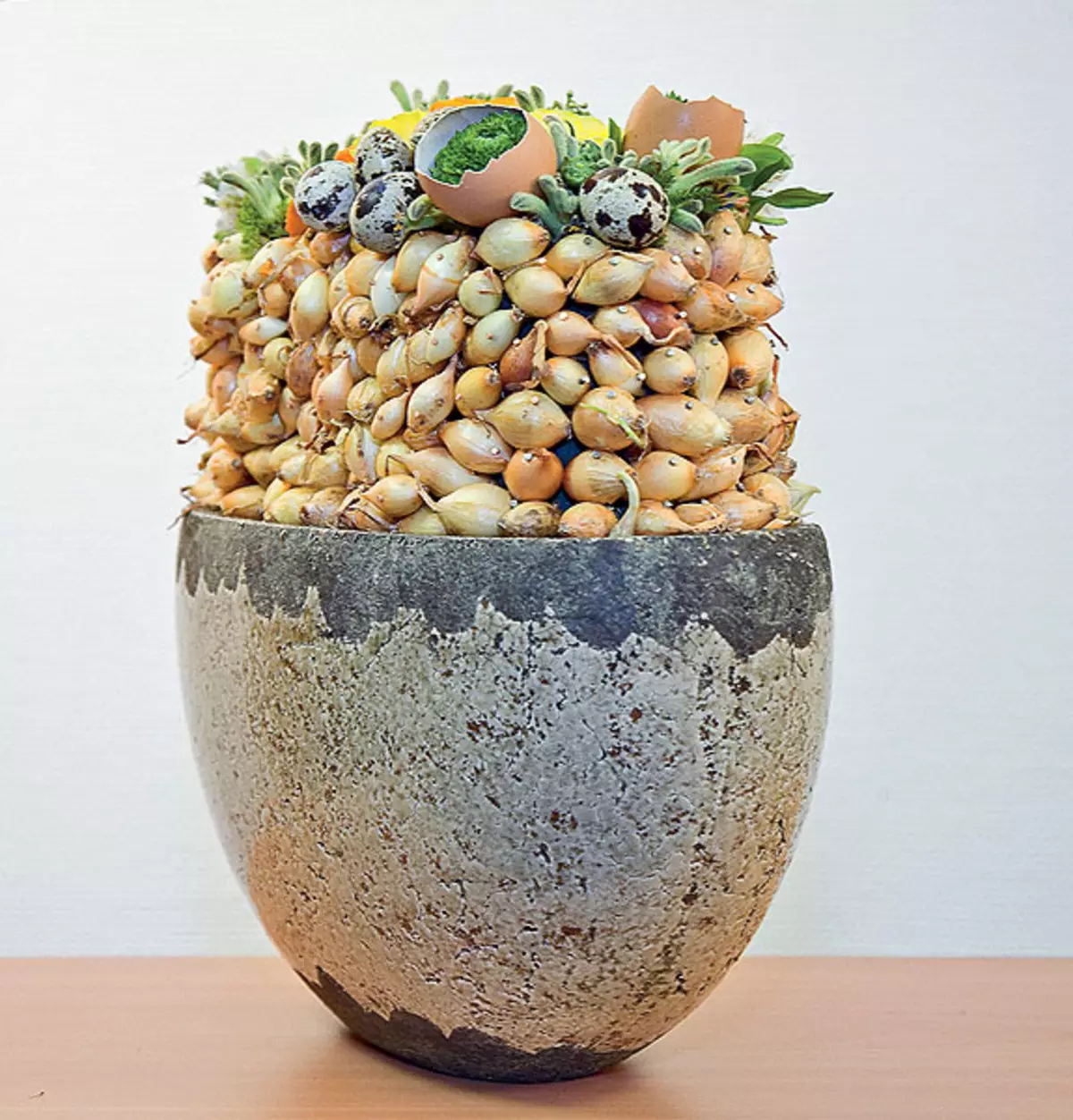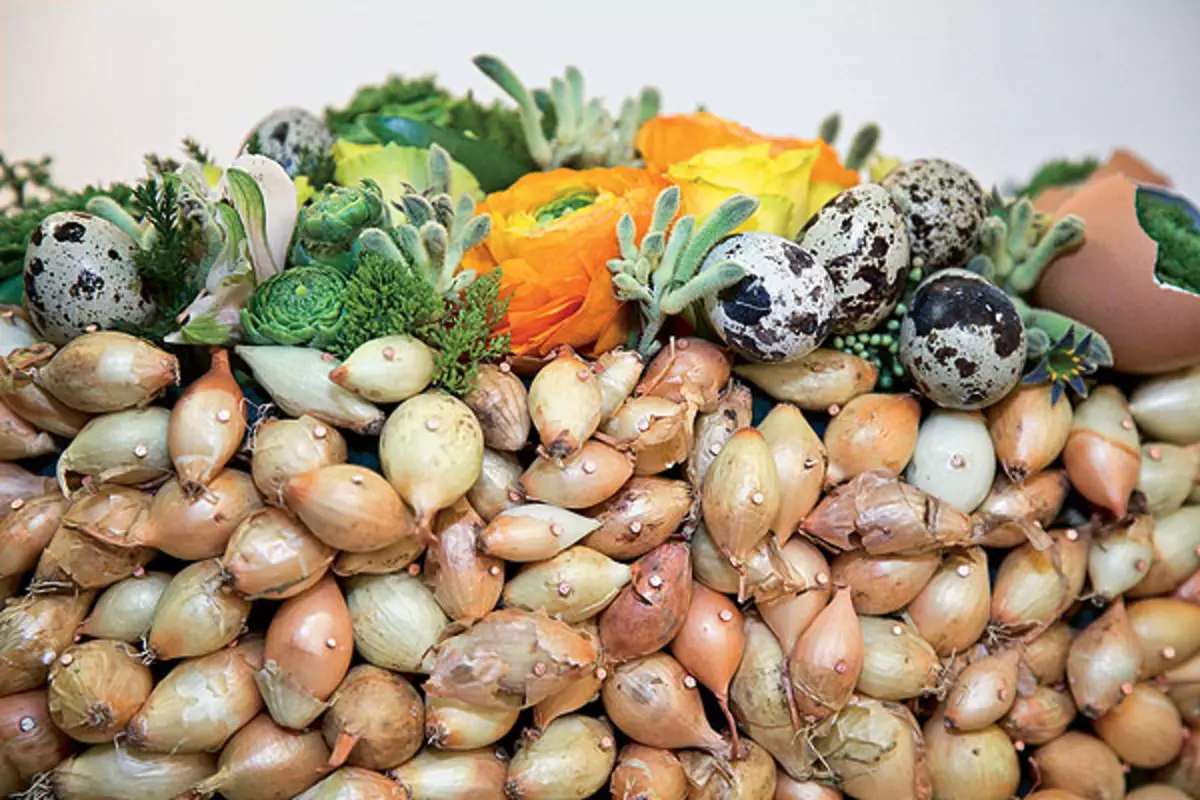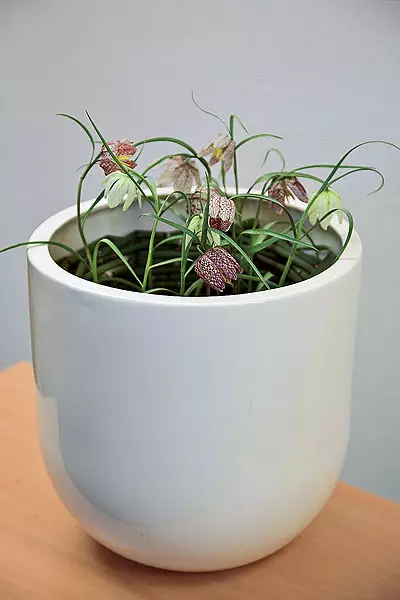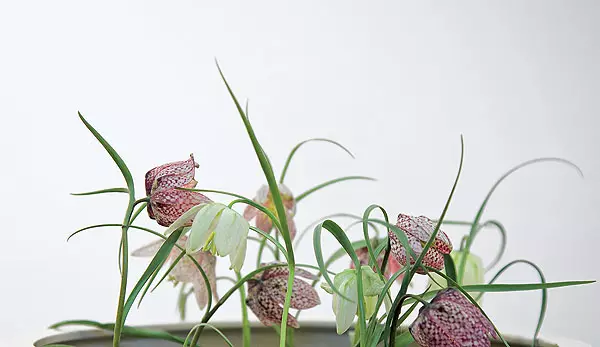Spring Easter floristry: traditional colors and symbolic elements of the holiday. Four options for floral compositions from florist
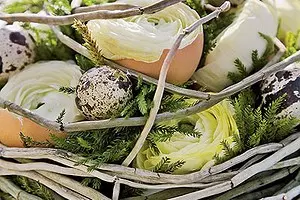
Spring-special season, the time of awakening a new life in nature, the triumph of sunlight and ringing alignment. Akaku joy carries the spring holiday Easter! On this day, baskets appear on the table with eggs, trays with silent, traditional attributes of the celebration. Freshness to the house brings flowers collected in the composition. Easter floristry on his unique language tells about what a mute

Each of the spring compositions created by the florist will find their fans. One-soul bright color splashes, other- pastel tenderness
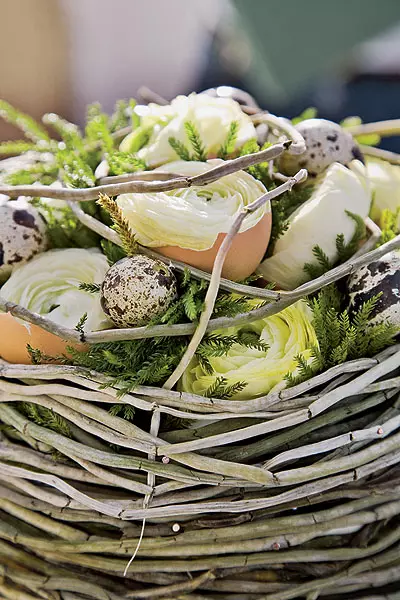
Symbol of a new life, fertility - egg. Inpositions include whole eggs, and shell, as well as feathers and the willow. Popular shape of a bouquet. It is collected on a frame of branches woven like a bird housing, and in the middle there are flowers. The lucco plants are associated with Easter: hyacinths, crocuses, daffodils, muskari (bulb in shape is similar to the egg). Symbolic importance and flowers resembling a lamb: carnation, primulous, hydrangea, wounds.
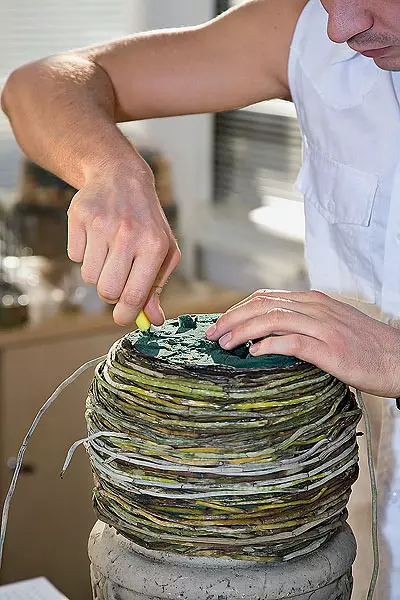
| 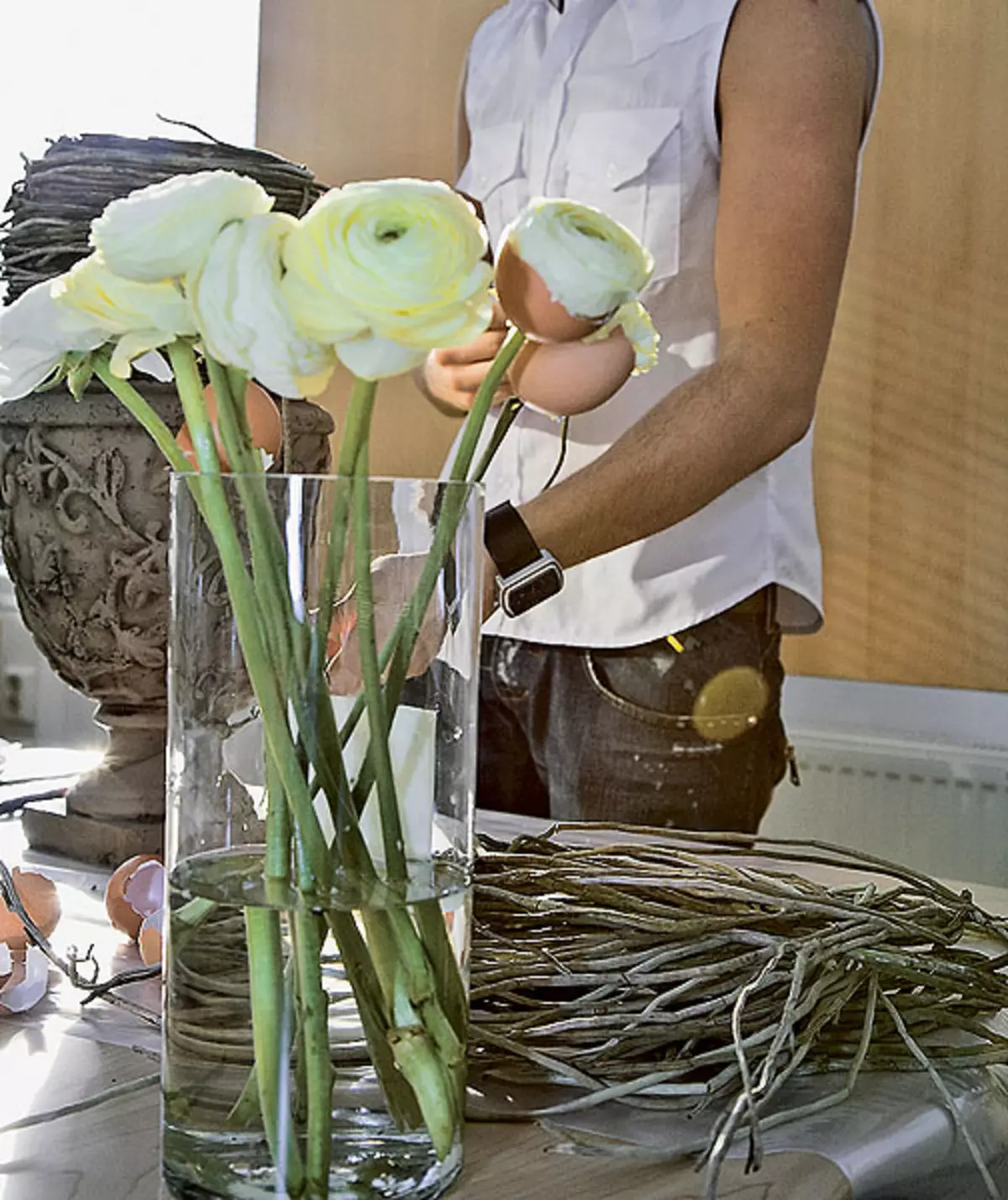
| 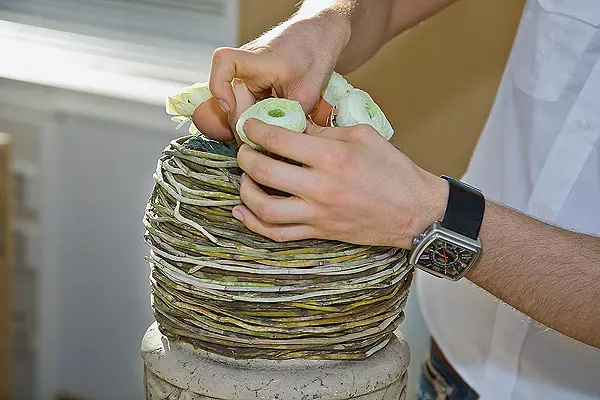
|
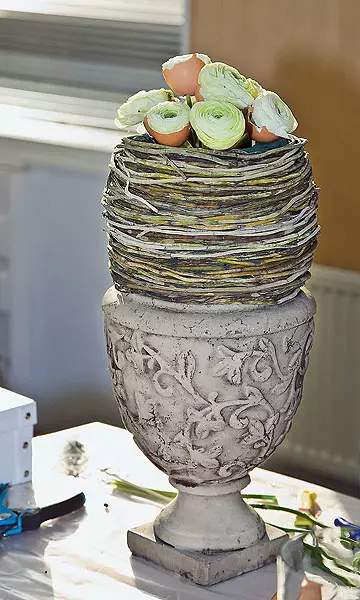
| 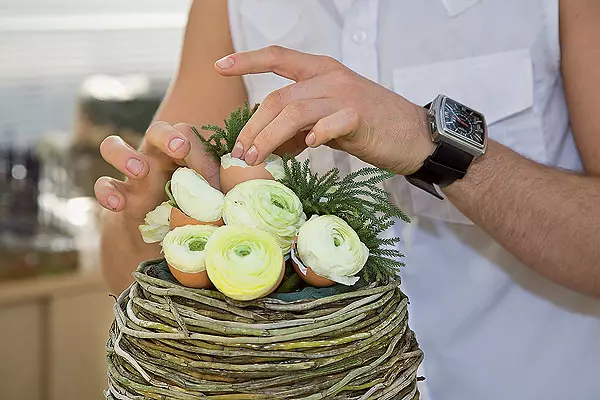
| 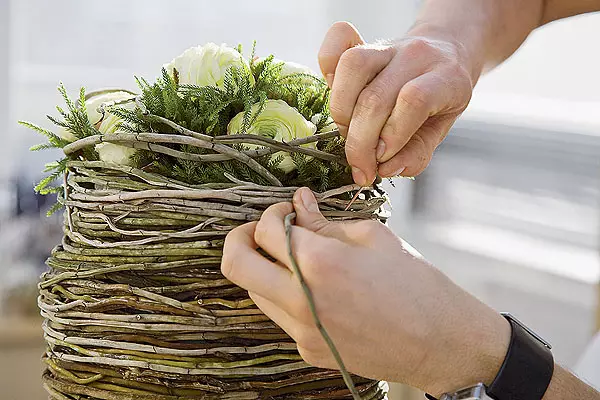
|
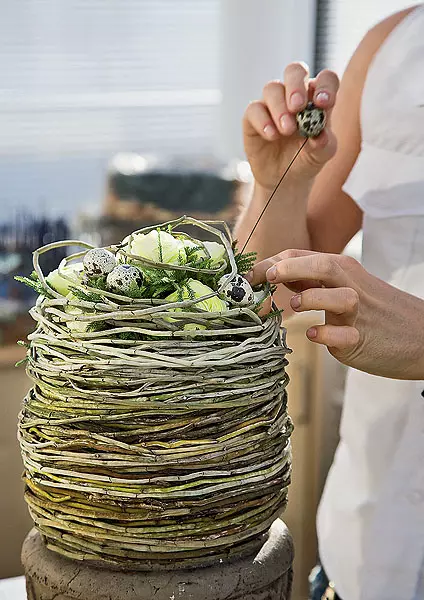
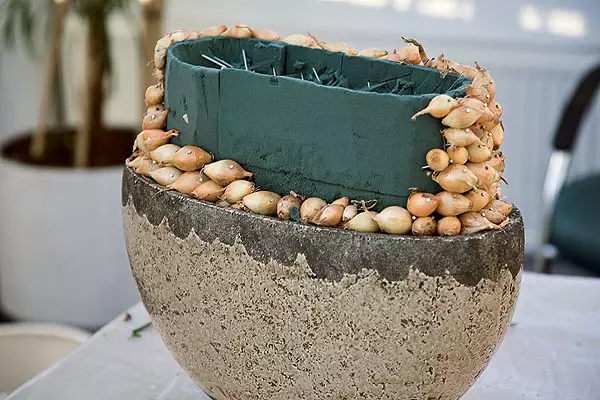
| 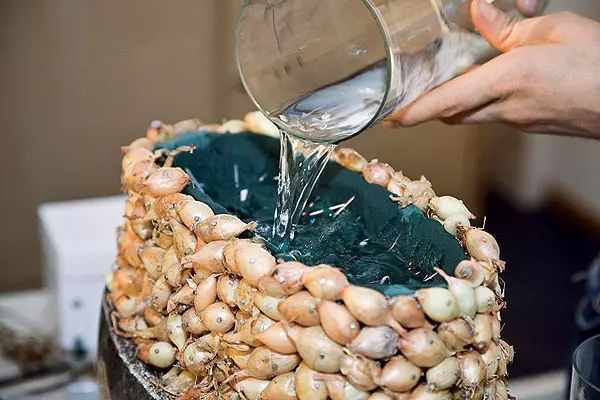
| 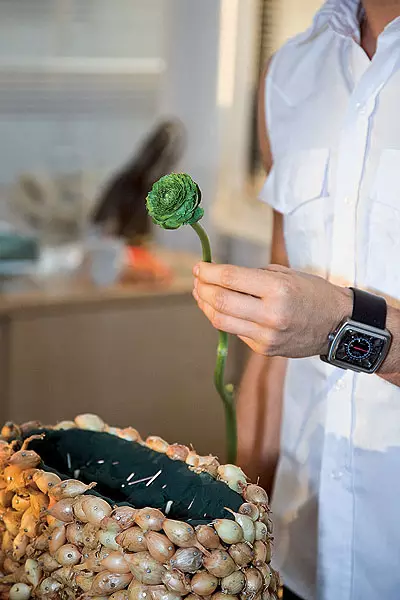
| 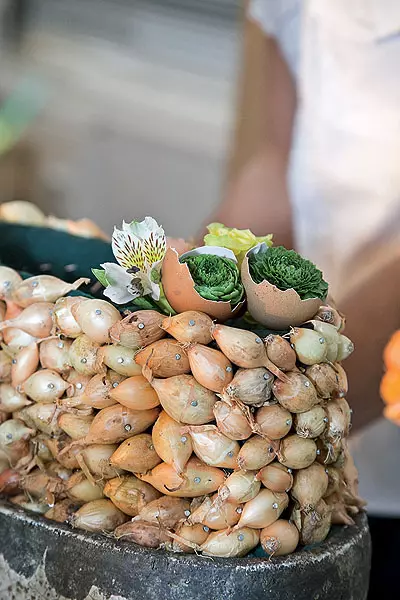
|
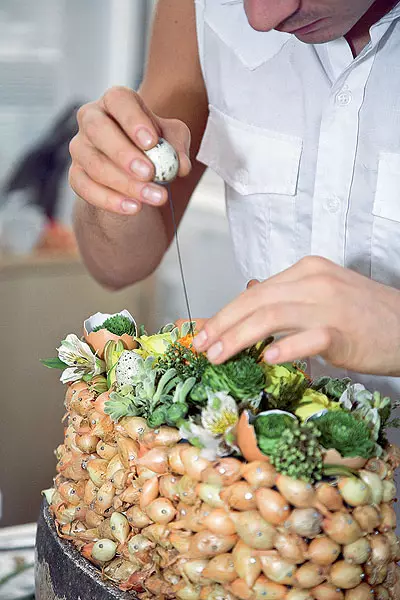
| 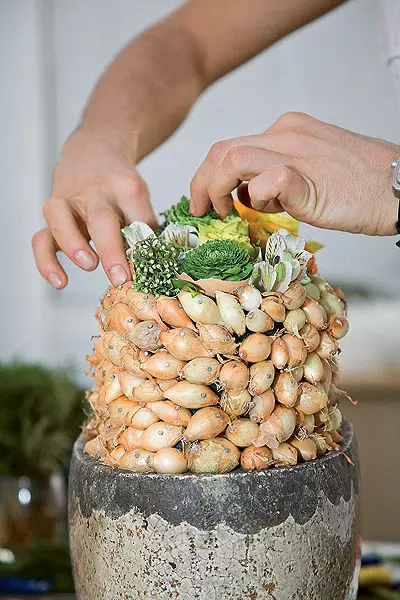
|
|
|
Vase - "Boat" allows the creation of compositions of two completely different types: and flat, and elongated upwards, emphasizing the vertical aspiration of the vessel. From the oasis "pusy" the frame-based frame, in its upper part leave a deepening. The oasis is dressing in the onion "clothes": the bulbs are attached to the perimeter tightly to each other. Fixed with cloves or wooden toothpicks (1). This procedure will accompany "onion tears". If we use glue, you can do without tears, but the work will take much longer. An interesting texture will turn out if the oasis is covered with cloth and glue rice, coffee or even cinnamon with a sweet-spicy smell to it. Before placing plants, the oasis is abundantly watered (2). Long stems of the ignokulyuses are shortened (3). Then they are fought in half shells and fasten in an oasis ahead with alstromeria (4). The upper part of the composition is intentionally made multi-level, "swirl", full of internal movement. Skimia helps to stack it, and the color accents will add orange wounds (5, 6)
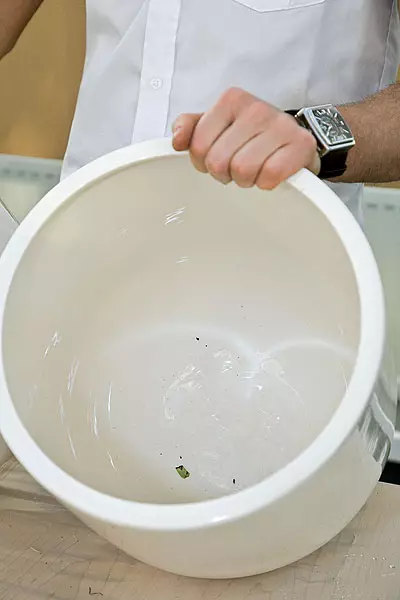
| 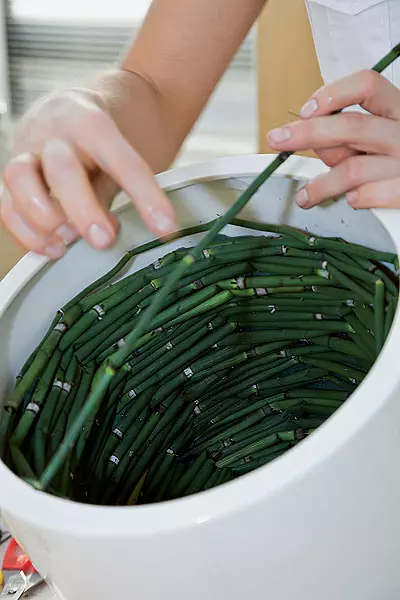
| 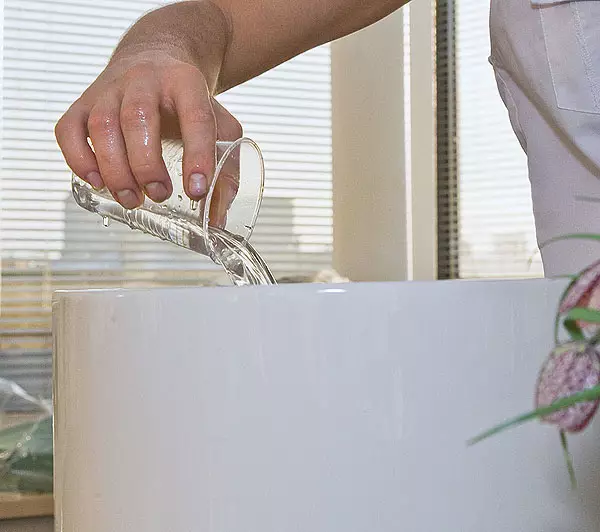
| 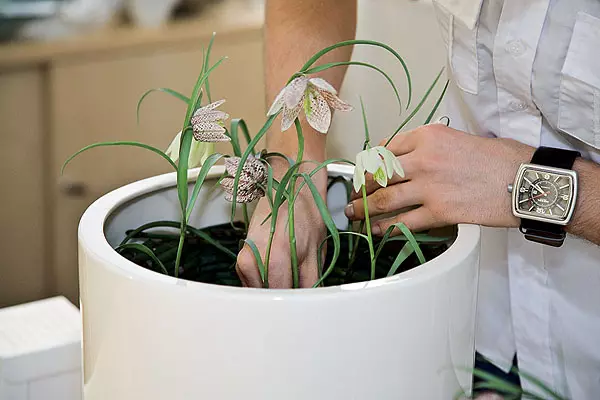
|
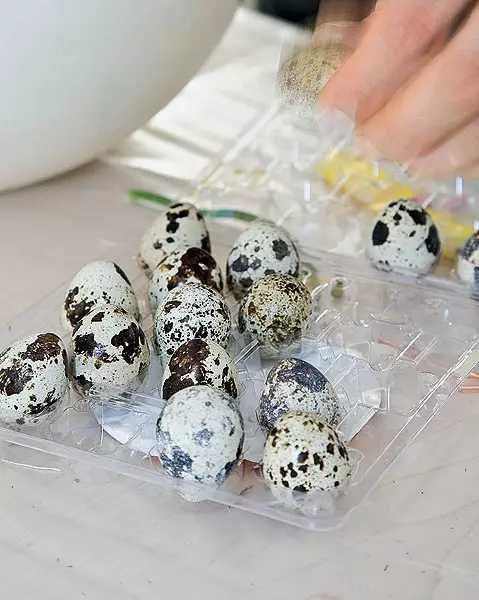
| 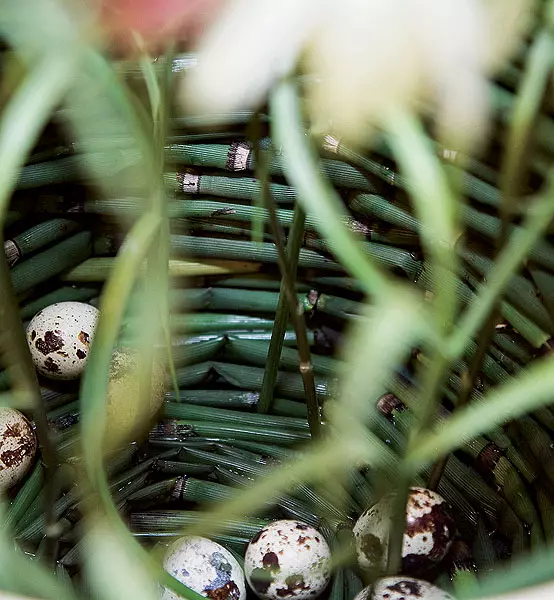
|
|
|
Shy- as the spring composition itself. Ighanitating the mystery. Consider it at a distance, see the glossy porridge and protruding the heads of flowers, and look into the inside, open the miracle: the nest is hidden among herbs. The non-traditional development of the composition inside the vessel will like those who do not like to attract a lot of attention to themselves, or those who enchant secrets. Materials, only three: horsetail, freethylene (Ryabchik) and quail eggs. Kashpo (1) from the inside is lined with an oasis, fastening the plates with wire. On top of the oasis lay the hat, fixing it with pins or cloves. Start from the central point at the bottom and move along the spirals to the edges of the vessel (2). The oasis is impregnated with water (3), after which freelylarium is vertically installed in it. So that the flowers look out from the porridge, choose plants with long stems (4). At the bottom chaotic folding quail eggs, they are very similar to frothlyaria (5, 6). If you put this composition opposite the mirror, it will be an interesting game of flowers and their reflections. The good background will be pastel-say, beige surfaces.
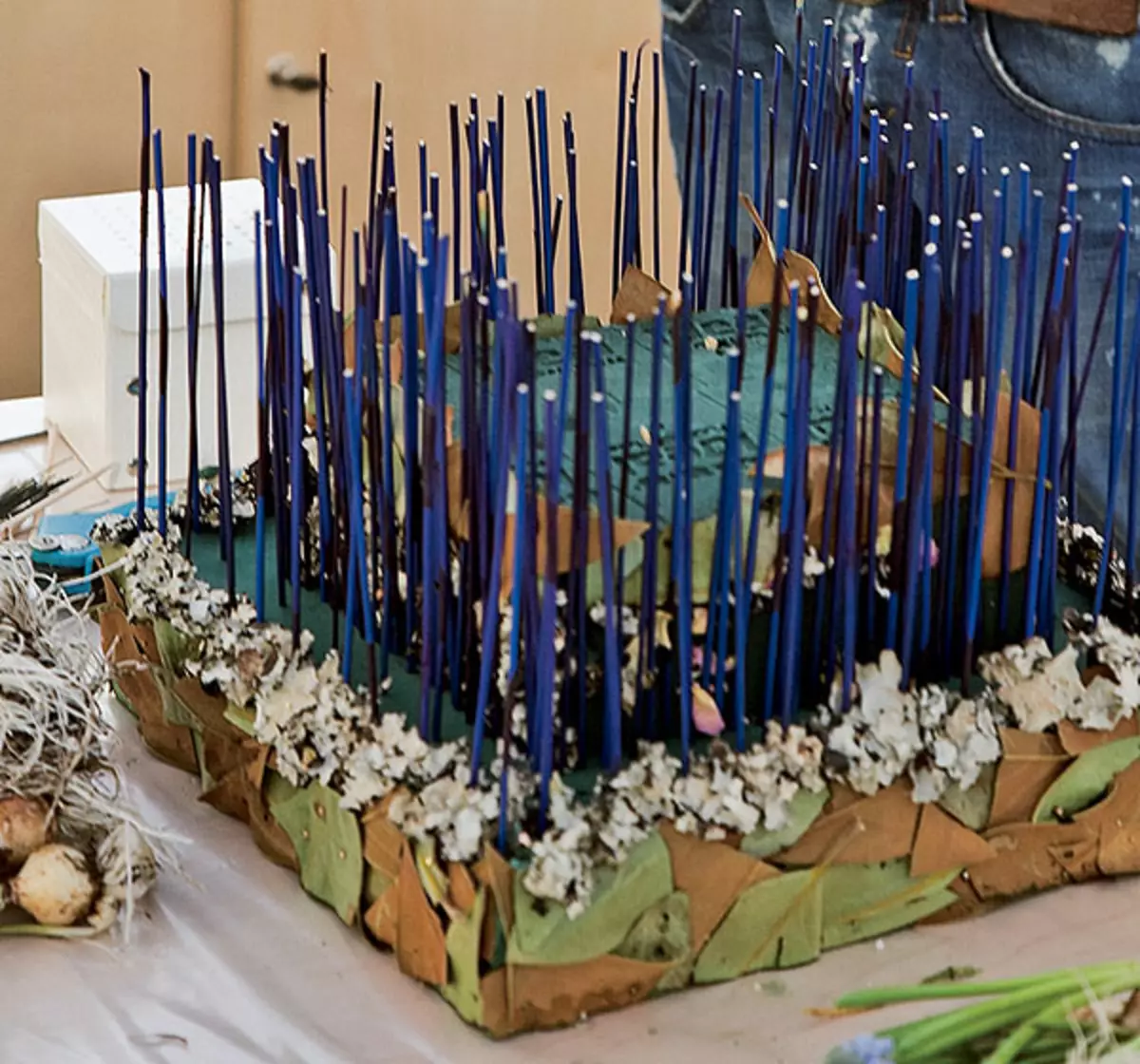
| 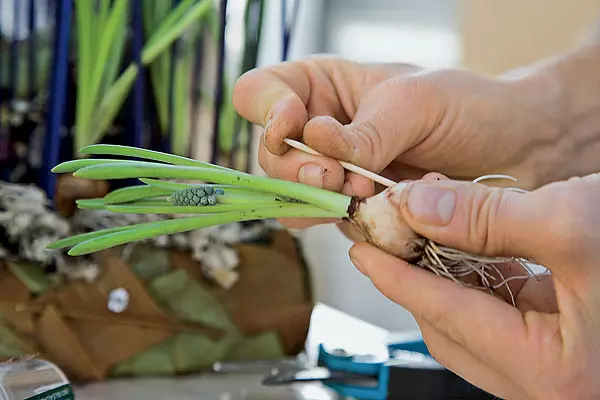
| 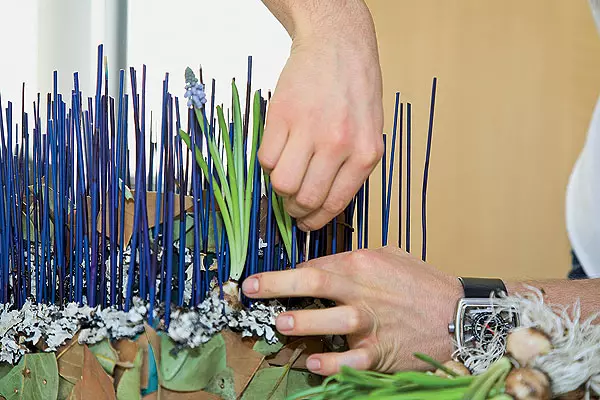
|
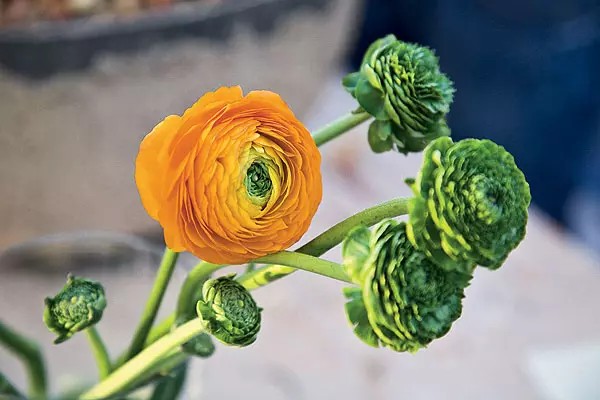
| 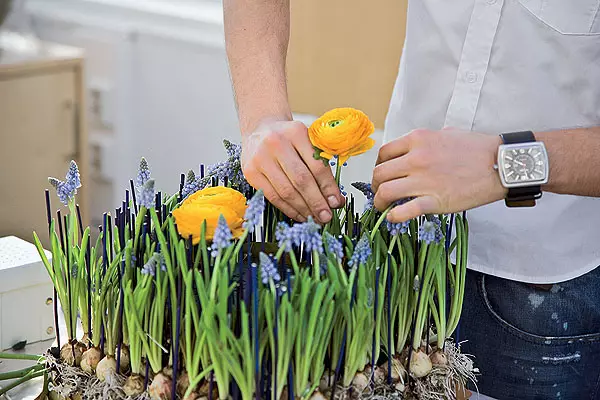
| 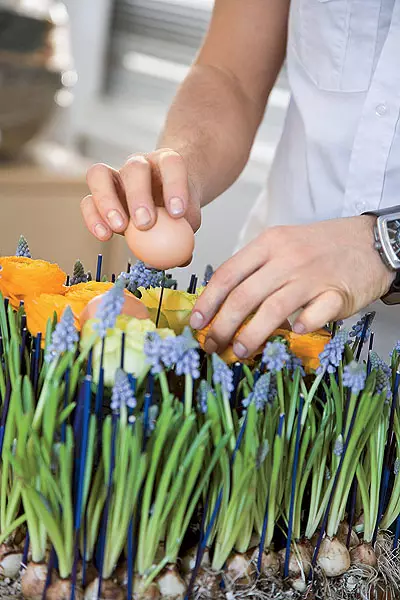
|
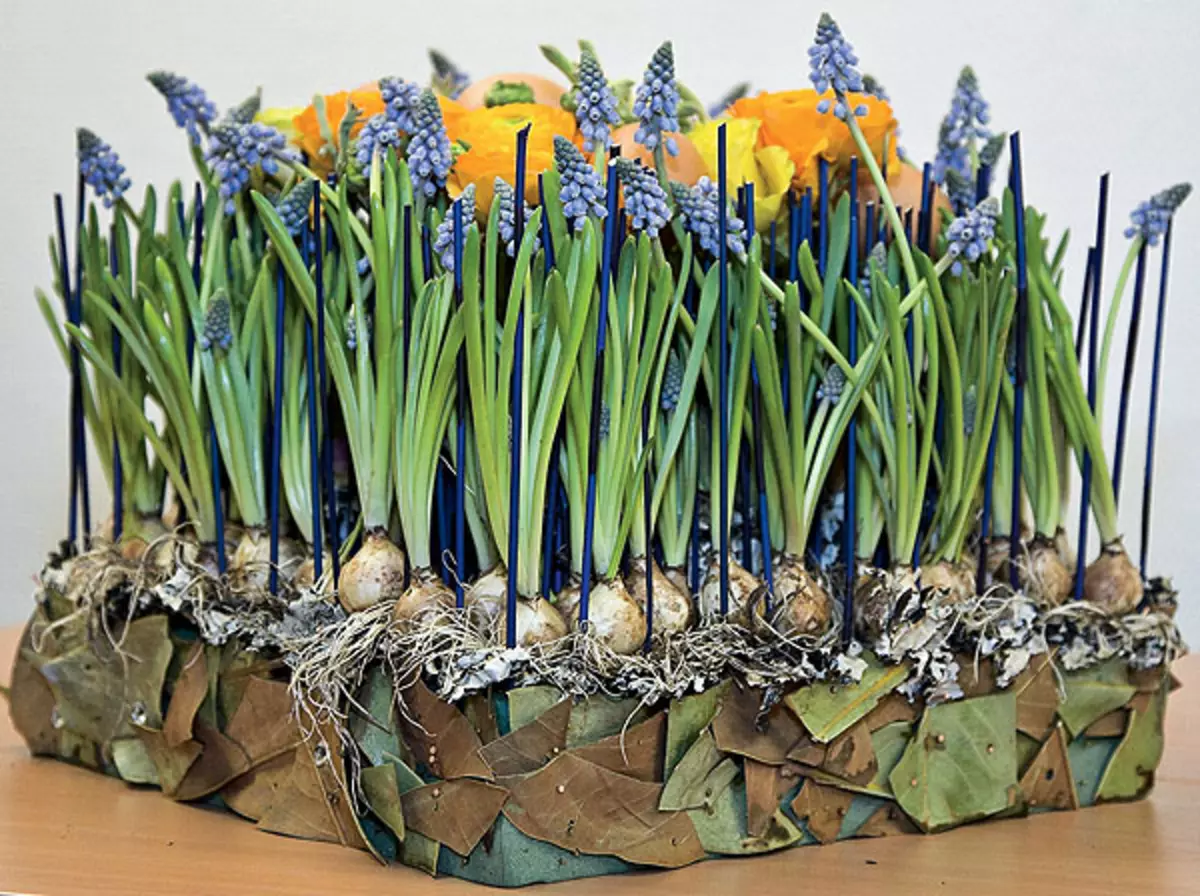
The editors thanks the Flower Bureau of Holland, the Netherlands Bureau for the support of agribusiness and personally, Irina Kotenko, the Assistant of the Head of Representative Office, for helping in the survey.

